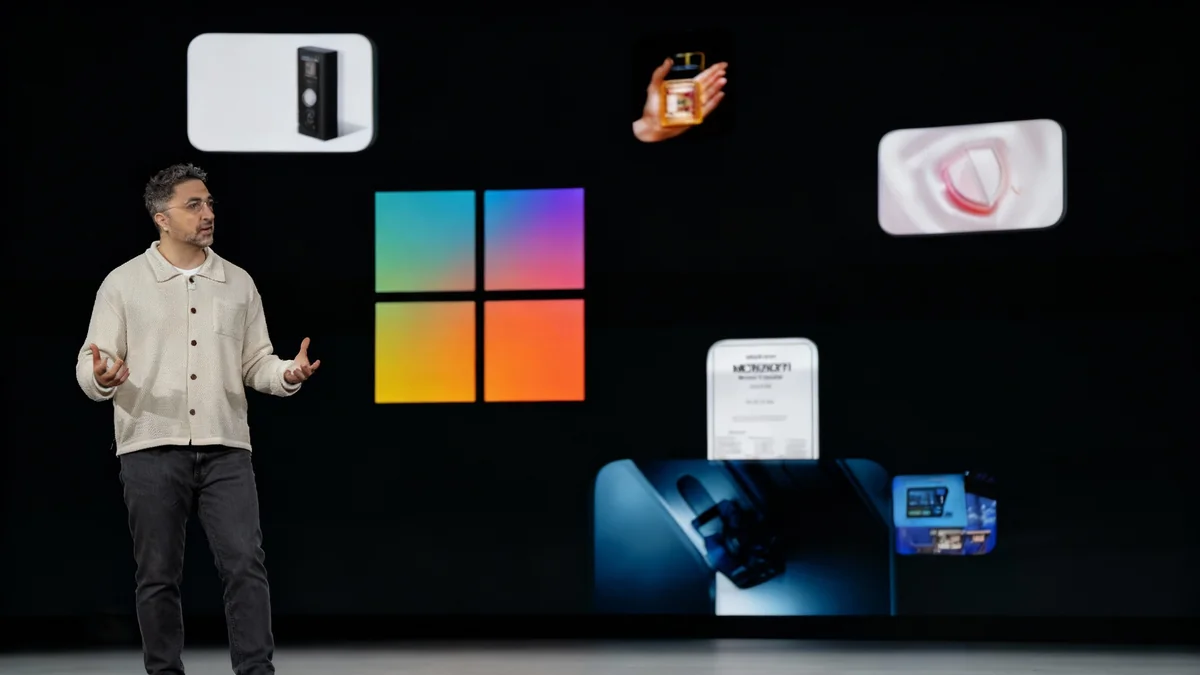Every day, internet users are presented with choices about their personal data through pop-ups and privacy banners. While many click 'accept' without a second thought, a complex system of data collection and targeted advertising operates behind the scenes, turning personal information into a valuable commodity.
This digital marketplace raises significant questions about user privacy, the transparency of data usage, and the real meaning of consent in an online world where services are often perceived as free.
Key Takeaways
- Websites and apps frequently trade user data for revenue, which funds the 'free' content and services they provide.
- Privacy laws have led to consent banners, but their complex language can make it difficult for users to understand what they are agreeing to.
- Terms like 'selling' or 'sharing' data may have specific legal definitions that differ from a user's everyday understanding.
- Users often have the right to opt-out of targeted advertising, but the process can be specific to each browser, device, and website.
The Unseen Transaction of the Digital Age
The foundation of much of the modern internet is a simple, often unspoken, agreement. Users gain access to news, social media, and entertainment at no monetary cost. In return, platforms collect data about their behavior, interests, and demographics.
This information is then used to build detailed user profiles. These profiles allow advertisers to deliver highly targeted ads, which are more likely to be relevant to the individual. This targeted approach is far more valuable than generic advertising, creating a multi-billion dollar industry powered by user data.
While this model supports countless businesses and content creators, it also means that personal browsing habits are constantly being monitored, analyzed, and categorized.
Decoding the Language of Privacy
When a privacy banner appears, it often contains legal and technical terms that can be confusing. Understanding these terms is the first step toward making an informed choice about your data.
What 'Selling' and 'Sharing' Data Means
Under some privacy laws, the term 'selling' data doesn't always involve a direct exchange of money for a list of names. It can also refer to sharing personal information with third parties for 'valuable consideration,' which could include receiving services or access to analytics that help a business.
Similarly, 'sharing/processing for targeted advertising' refers to the practice of providing user data to ad networks. These networks then use the information to display specific ads to you across different websites and apps you visit.
First-Party vs. Third-Party Data
It's important to distinguish between different types of data. First-party information is data a company collects directly from you, such as your name and email when you sign up for a newsletter. Third-party data involves information shared with other companies, like ad partners, who may combine it with data from other sources to create a more comprehensive profile.
The Challenge of Meaningful Consent
Privacy regulations aim to give users control over their data. However, the design of consent pop-ups can sometimes undermine this goal. Users may encounter pre-ticked boxes, confusing toggles, or a more prominent 'Accept All' button compared to a less visible 'Manage Preferences' option.
These design choices, sometimes referred to as 'dark patterns,' can nudge users toward sharing more data than they might otherwise choose. The process of opting out can also be fragmented.
"Choices related to cookies and device identifiers are specific to the brand’s website or app on the browser or device where you are making the election. You must also renew this choice if you clear your cookies."
This statement highlights a key challenge for users. Opting out on your laptop's web browser does not automatically apply to the same company's app on your phone. If you clear your browser's cookies, your privacy preferences are often erased, requiring you to make the choice all over again.
A Fragmented System
Managing your privacy settings requires constant vigilance. A user might need to configure their choices separately for:
- Each website they visit.
- Each browser they use (Chrome, Safari, Firefox).
- Each device they own (phone, tablet, computer).
- Individual apps installed on their devices.
Navigating Your Digital Footprint
While the system is complex, users are not without tools to manage their privacy. Modern web browsers include settings to block third-party cookies by default, which limits cross-site tracking. Many mobile device operating systems now require apps to explicitly ask for permission before tracking your activity across other companies' apps and websites.
Taking the time to read privacy banners and use the 'manage preferences' or 'reject all' options can significantly reduce the amount of data shared for advertising purposes. It's a shift from passively accepting the default to actively making a choice.
Ultimately, the ongoing conversation around data privacy involves a balance between a functional, ad-supported internet and an individual's right to control their personal information. As regulations evolve and technology changes, understanding the basics of this digital transaction is more important than ever.





